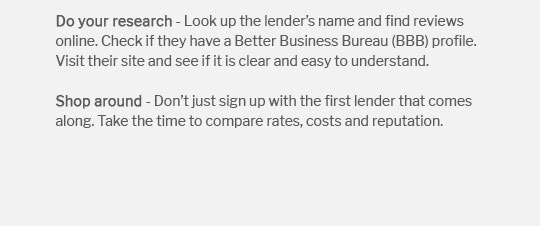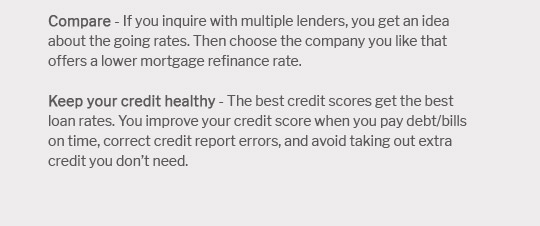 |
|||
 |
 |
 |
||
|---|---|---|
 |
||
 |
||
 |
||
 |
||
 |
||
 |
||
 |
 |
 |
 |
Steps to Refinance Home Mortgage: A Comprehensive GuideRefinancing your home mortgage can be a strategic financial move, allowing you to take advantage of lower interest rates, reduce monthly payments, or access your home's equity. However, it involves several steps that require careful planning and consideration. This guide will walk you through the process. Understanding the Basics of RefinancingBefore diving into the steps, it's crucial to understand what refinancing entails. Essentially, refinancing replaces your existing mortgage with a new one, often with different terms. It's important to assess whether refinancing aligns with your financial goals. Determine Your GoalsAsk yourself why you want to refinance. Common reasons include lowering your interest rate, changing the loan term, or switching from an adjustable-rate mortgage to a fixed-rate one. Knowing your goals will guide your decisions throughout the process. Check Your Credit ScoreYour credit score plays a significant role in determining the interest rate you'll qualify for. A higher score often means better rates. Obtain a copy of your credit report and ensure all information is accurate before proceeding. Steps to Refinance Your Home MortgageEvaluate Your Home's EquityYour home's equity is a key factor in refinancing. Generally, lenders prefer homeowners to have at least 20% equity in their property. Conducting a home inspection for refinance can provide a clearer picture of your property's current market value. Compare Loan OptionsResearch various loan options to find the one that best suits your needs. Consider both traditional banks and online lenders. It's also wise to compare FHA vs conventional refinance options to determine which might offer the most benefits for your situation. Gather Necessary DocumentationRefinancing requires several documents, including income statements, tax returns, and proof of homeowner's insurance. Having these ready can expedite the application process.
Apply for the LoanOnce you've selected a lender and gathered your documents, it's time to apply. Be prepared to answer questions about your financial situation and provide additional information if requested. Finalizing the Refinancing ProcessLock in Your Interest RateInterest rates fluctuate, so consider locking in your rate to protect against increases before closing. This rate lock ensures you'll receive the agreed-upon rate at closing. Close on the LoanThe final step is closing, where you'll sign the new loan documents. Review all terms carefully, and don't hesitate to ask questions if anything is unclear. After closing, your new loan takes effect. FAQs about Refinancing Home MortgageWhat are the costs associated with refinancing?Refinancing costs can include application fees, appraisal fees, and closing costs, which generally range from 2% to 5% of the loan amount. It's important to weigh these costs against potential savings. How long does the refinancing process take?The refinancing process typically takes 30 to 45 days, but this can vary based on lender efficiency, the complexity of your financial situation, and how quickly you provide required documentation. Is it possible to refinance with bad credit?Refinancing with bad credit is challenging but possible. Consider FHA loans, which have more lenient credit requirements, or work on improving your credit score before applying. https://themortgagereports.com/75903/mortgage-refinance-process-timeline
Most lenders average anywhere from 30-45 days for a mortgage refinance. How do I qualify for a home refinance? You'll have to meet certain ... https://www.citizensbank.com/learning/refinance-process.aspx
Step 1: Gather all your information for the application - Step 2: Apply to refinance your mortgage - Step 3: Work with us through the refinancing process - Step 4: ... https://www.commercebank.com/personal/ideas-and-tips/2024/refinancing-your-mortgage-in-6-simple-steps
What are the steps to refinance your home? - 1. Consider your financial situation. - 2. Reflect on your goals. - 3. Shop around for rates. - 4.
|
|---|